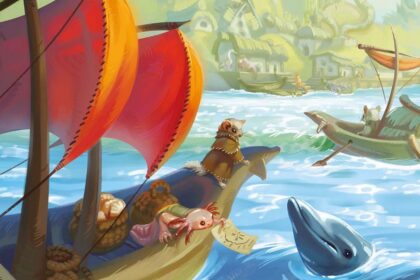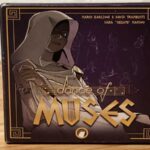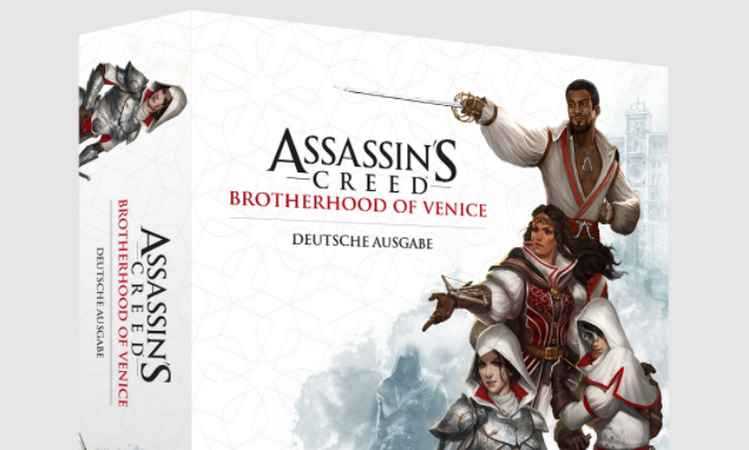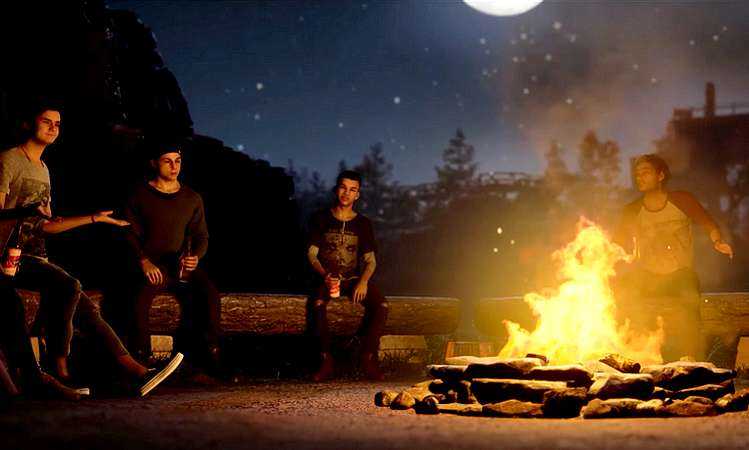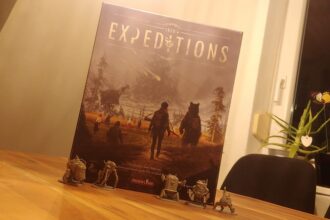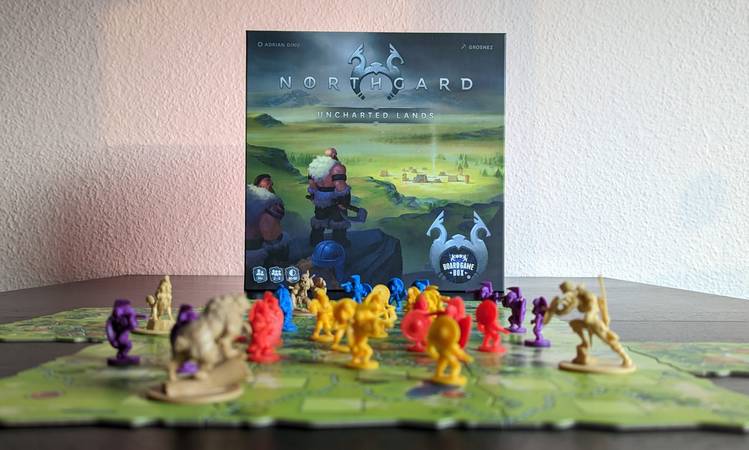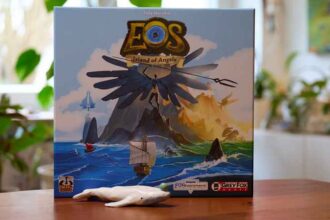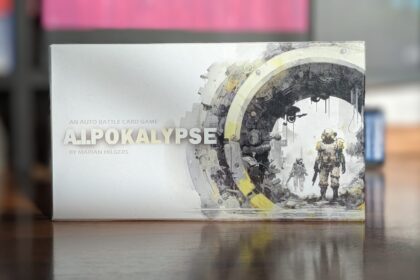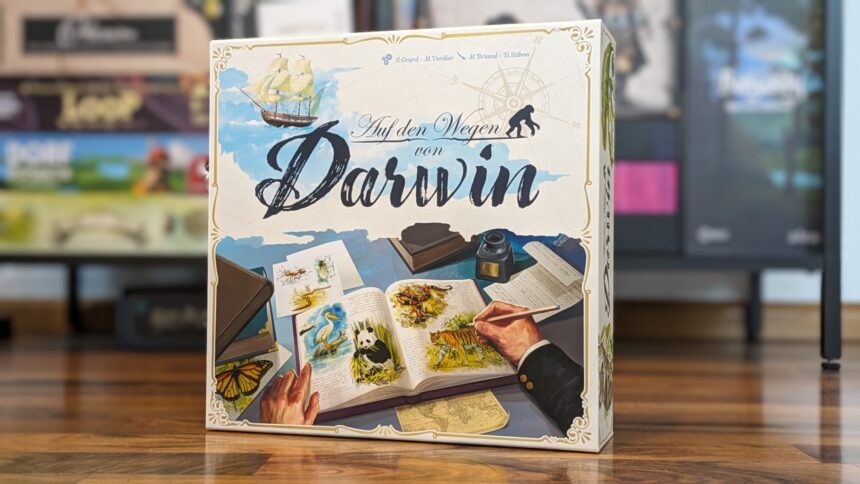-
Quick Links:
- Brettspiele
- Videospiele
- Crowdfunding
- Spiel Essen
- Gamescom
Wir suchen Verstärkung!
Autorinnen und Autoren für News, Tests und Rezensionen. Alle Bereiche.
Online seit 2014Tägliche NewsUnabhängigKritisch
Gern gelesen
Mehr aktuelle News
Disney Lorcana-Karte explodiert im Wert: Teil einer Kombo
So manche Karte von Disney Lorcana ist ein stattliches Sümmchen wert. Die Seltenheit bestimmt dabei vor allem den Preis, allerdings…
HeroQuest: Neue Erweiterung bringt Arena-Spielmodus
Mit der Neuauflage des Dungeon Crawler-Klassiker HeroQuest hat Hasbro einen Nerv getroffen: Bislang sind viele Erweiterungen erschienen, nun kommt mit…
Medienbericht: Hasbro will D&D verkaufen
Bei Hasbro kommt offenbar keine Ruhe ins Geschäft: Einem Medienbericht zufolge soll der Spielwarenriese seine Marke Dungeons & Dragons zum…
Brettspiel-Rezension zu Lands of Galzyr
Mit süßen Illustrationen und Figuren überzeugte Lands of Galzyr im August 2021 insgesamt 2.405 Menschen auf Gamefound von sich. Bis…
Brettspiel-Preview – Chrono Fall: At the End of Space and Time von Ornament Games
In den letzten Monaten habe ich bereits zwei Mal über Ornament Games berichtet. Einmal über den Verlag selbst und beim…
Brettspiel-Rezension zu EOS – Island of Angels: Macht einfach Spaß
7.6 out of 10
Den Verlag hinter dem Spiel aus dieser Rezension habe ich bereits im November vorgestellt. Nun bekommt auch die SPIEL-Neuheit von…
Follow Us on Socials
Editor's Choice
Must Read
Beliebteste Beiträge des Monats
Brettspiel-Rezension zu Auf den Wegen von Darwin: Eine entspannte Forschungsreise um die Welt
7.9 out of 10
Brettspiel-Rezension zu Honey Buzz: Herbstfülle: Honey, Honey, Honey – Bees are fun(ny)
8.2 out of 10





